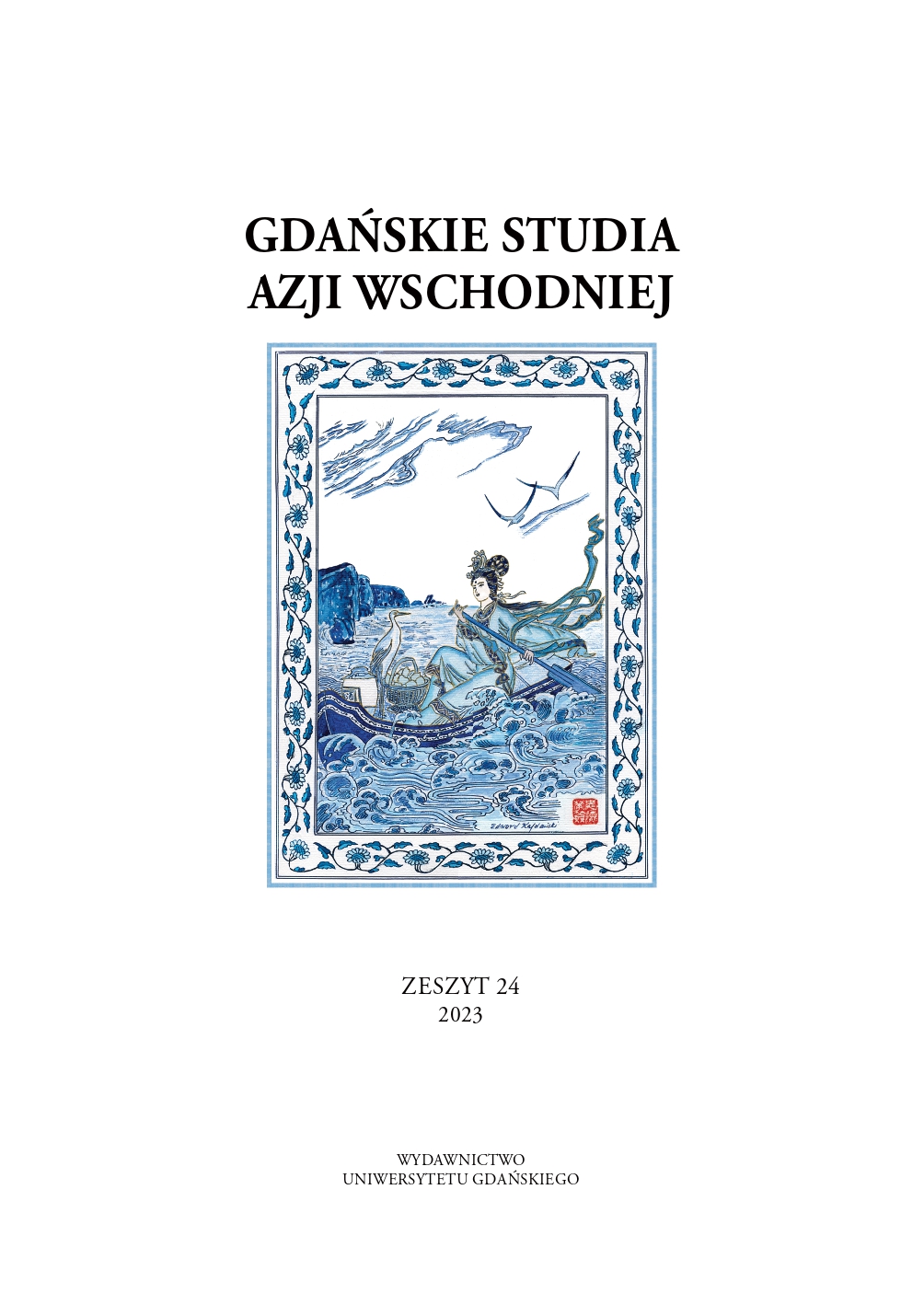Setna rocznica urodzin wiernego psa Hachikō
Abstrakt
In connection with the celebration of the 100th anniversary of the birth of Hachikō, this article recalls the dog’s story in the context of its cultural impact in Japan and around the world. Hachikō is an authentic and very unusual Akita Inu dog, known from film adaptations (Japanese, Hollywood, and Chinese), which belonged to Professor Hidesaburō Ueno, who worked at the Faculty of Agriculture at Tokyo Imperial University. Hachikō was born on November 10, 1923, near Ōdate, a city in Akita Prefecture. The dog was very attached to his master and every day he accompanied the professor to Shibuya train station, where he leftfor work, and then came to the station and waited for his master so that they could return home together. When Professor Ueno died suddenly at work on May 21, 1925, Hachikō was waiting for him at the station. From that day on, he came and waited for his master in the afternoon outside Shibuya train station in Tokyo every day for nearly ten years until his death. He was found dead near the station on the morning of March 8, 1935.
Even during Hachikō’s lifetime, his story touched many people, including those in the media. Hachikō became a symbol of fidelity, devotion, attachment, and loyalty, values traditionally cultivated in Japan. Therefore, already in his lifetime, in 1934 a monument was erected to him and unveiled in his presence at Shibuya Station. Also at the University of Tokyo there is a statue of Hachikō showing him together with Professor Ueno. Hachikō’s body was preserved after his death, and his figure can be admired today in a permanent exhibition at the National Museum of Nature and Science in Tokyo.
The purpose of this brief text is not to collect a handful of facts and present the story of the faithful dog Hachikō, but it is to draw attention to the story’s importance from the point of view of traditional values that are deeply rooted in Japanese history and tradition, and are still important and fostered.
Downloads
Bibliografia
Inu to tōdai Hachikō to tōdai [犬と東大 ハチ公と東大], eds. M. Ichinose, K. Uchida, S. Yoshida, M. Mizoguchi, T. Tamura, „Jinrui saiko no tomo ni matsuwaru kenkyū kyōiku katudō shū” [人類 最古の友にまつわる研究・教育活動集], Tosho shuppan [図書出版], Tokyo 2023, no. 9.
Hoppendale G., Moore A., Japanese Akita: Japanese Akita Dog Complete Owners Manual, IMB Publishing, [b.m.] 2015.
Kurzawińska Z., Akita dogs as representatives of Japanese culture abroad, „Silva Iaponicarum” 2014, fasc. XLI/XLII.
Masaki Ichinose, Haruhiko Masaki et al., Tōdai hachikō monogatari Ueno hakase to hachi, soshite hito tono tsunagari [東大ハチ公物語 上野博士とハチ、そして人とのつながり: Narratives of Hachi, Professor Ueno and the University of Tokyo], Tōkyōdaigaku shuppankai [東京大 学出版会, Universty of Tokyo Press], Tokyo 2015.
Mayumi Itoh, Hachiko. Solving twenty mysteries abort the most famous dog in Japan, [b.m.] 2017.
Okutan N., An Analysis of the Movie „Hachiko: A Dog’s Story” in Terms of Empathy and Solidarity with Animals, „Current Approaches in Psychiatry” 2023, no. 15(4).
Shiro Itagaki, The Preservation and development of Japanese dogs [w:] Nihonken Taikan [A Manual of the Japanese Dog], Seibundo Shinkosha, Tokyo 1953 (1987).

 Uniwersyteckie Czasopisma Naukowe
Uniwersyteckie Czasopisma Naukowe





